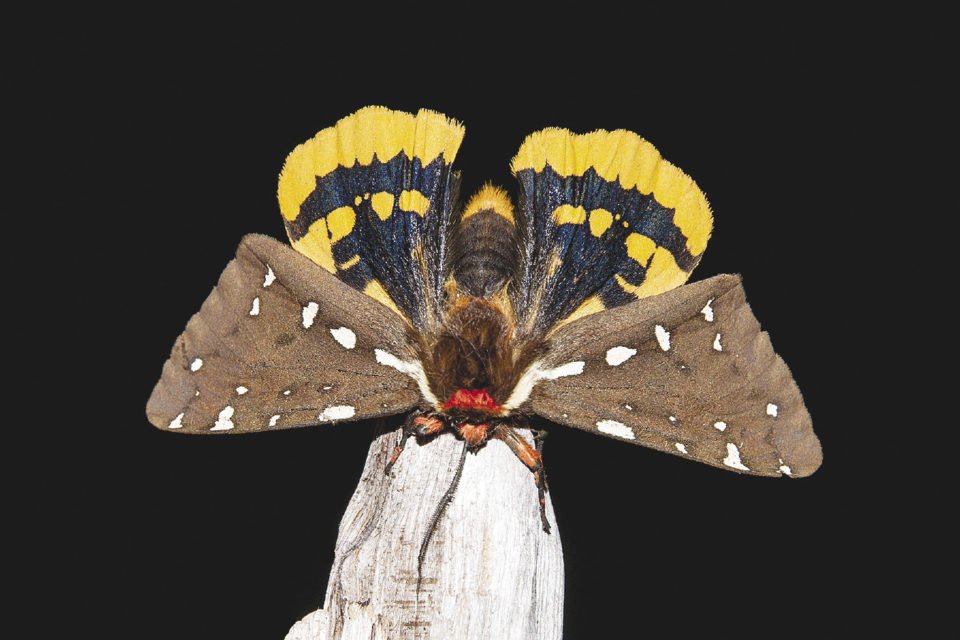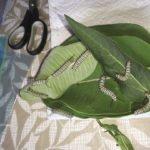We love seeing butterflies because they are so colorful. They are also accessible because they fly during the day. Our attitude toward moths, however, is quite different. We think of moths as small, drab, uninteresting insects, and many of them are. But there are also a lot of spectacular moths, and we don’t get to see them because most of them fly at night. Worldwide, moths outnumber butterflies by almost 10 to one. A quick internet search brought me to the Smithsonian website where I found that there are some 160,000 species of moths in the world, compared to 17,500 species of butterflies.
In summer, I often leave our porch light on for a few hours after dark to see if I can attract and photograph these beautiful insects. Here are some of the most interesting moths that I have seen.
Story and photos by Earl Orf.






